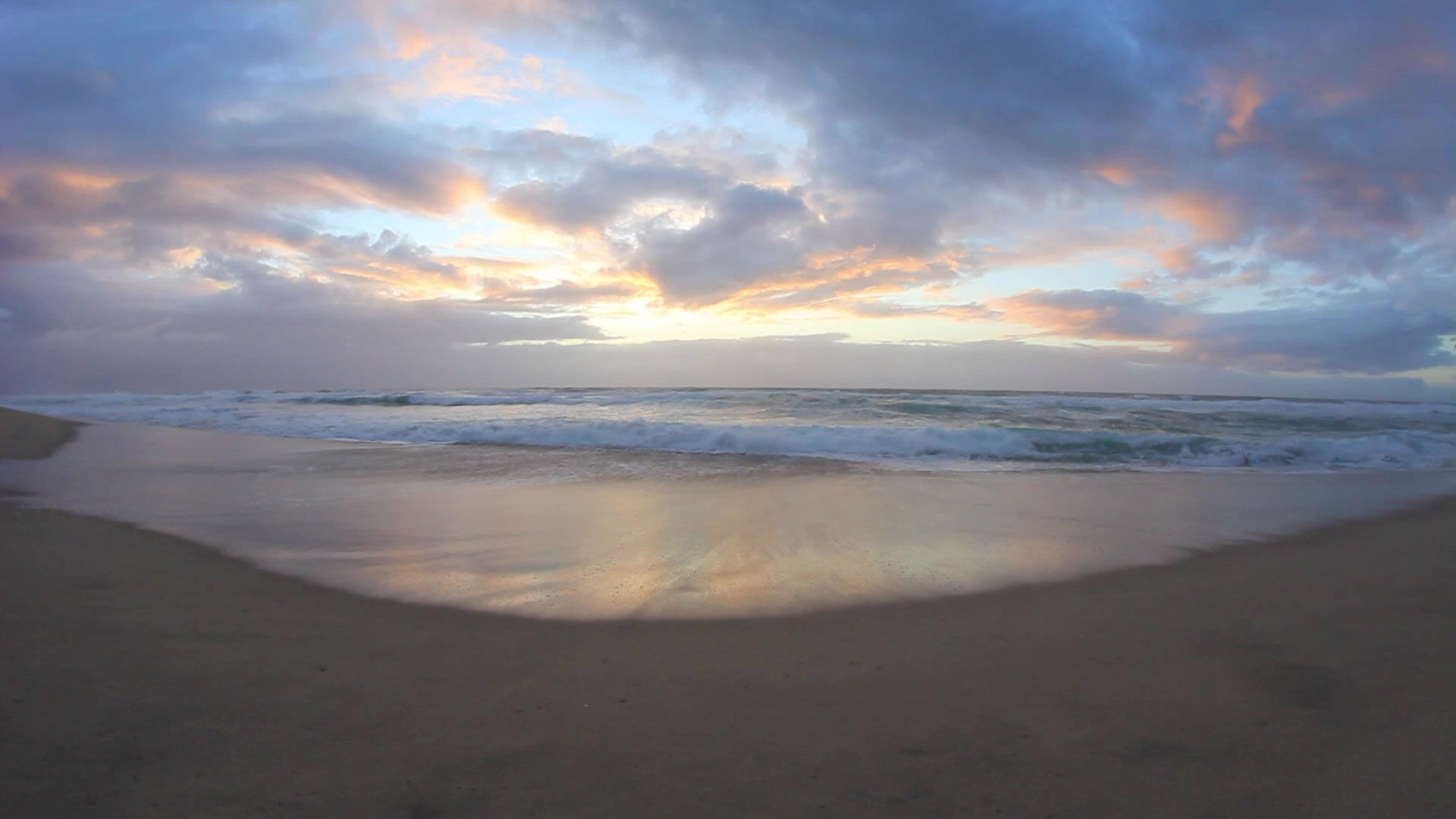Discover How to Motivate Tourists to Choose Your Destination
- Donna Johnston

- Aug 29, 2023
- 7 min read
Author: Donna Johnston
Tourist Motivation
What factors do you believe influence patronage to your destination? Is it the reasons you had thought? Have you considered how you can enhance the experience of each travelling individual to want to share their journey with others of all they enjoyed and plan for themselves to return again and again.
Once you evaluate the considerations, you may like to break down the reason for why these decisions are made, which could assist you in your planning processes and achieve greater outcomes holistically for your enterprising endeavours. Numerous approaches can provide insight to innovative strategies utilising possible holistic approaches.
We will begin with a discussion of motivation generally, being what inspires tourists, and then to the specifics of push-pull factors driving the motivation, followed by the internal versus the external motives, to provide a clear indication of the process of selection criteria and influences for your preferred clientele.

Photo Credit: We Seek Travel
Let us begin with, how a medley of motivation models and studies are created to understand tourist behaviour, in relation to the many aspects of tourism, for example:
- the destination choice (e.g. Chan and Baum, 2007; Park and Yoon, 2009),
- tourists’ purchase decision/spending pattern (e.g. tourists’ souvenir purchase decision
by Swanson and Horridge, 2006), and
- tourism business marketing and planning strategies (e.g. Oh et. al., 1995; Bansal and
Eiselt, 2004).
Motivation is viewed from different approaches according to Petri and Govern (2004), including:
- physiological,
- psychological or
- philosophical
Mountinho (1987), on the other hand, cited in Page (2009), summed motivation as being:
a “state of need, a condition that exerts a push on the individual towards certain types of action that are seen as likely to bring satisfaction”.
:
Whereas, in 2007 Lomine and Edmunds at page 125 stated: –
Motivation is directly linked to the demand for tourism, which can be affected by a range of factors, and
to consumer/tourist behaviour,
§ which does not only affect the initial purchase but also:
+ the tourist experience, as well as
+ future decisions
Whichever theory you best align with, effectively, the goal is to gain insight from a range of perspectives, for improved understanding of tourists’ behaviours, in order to contribute to an effective marketing strategy targeting the ‘right’ tourist market. By understanding who your target market are better, and their needs and wants, you can ultimately provide a better service/product to not only increase brand awareness, bookings and ongoing referrals, but an improved relationship with each client to increase life long customer value outcomes, equalling a win-win for you and those you aim to serve.
_________________________________________________
Push-Pull Factors of Tourist Motivation

Photo Credit: The Pioneer Woman
Let’s dive in the deep end and get down to the nitty gritty of understanding how your customers tick. We are going to discuss a common theory:
Actually, this is among one of the most well-known tourist motivation theories, being the push-pull concept (Dann’s, 1977; Crompton’s, 1979; Iso-Ahola’s, 1982), where:
- activity is seen as a product of a pull-push relationship.
This is relatively logical, but wait, let’s dive a little deeper still, by really grasping this concept and breaking it down into direct terms:
Dann (1981, as cited in Cooper et. al. 1993: 34) added:
- the destination pull
- is in response to motivational push
Let us just flip that for a moment by:
…distinguishing between the motivation of the individual tourist in terms of:
- the pull of the destination or attraction, and
- the level of desire (push)
Or to put that another way, or extend a little further, but not putting the horse before the cart, we need to think about matters in the order which the audience you are aiming to reach thinks. This is somewhat complex, however, for this discussion we will focus on the demand perspective happening firstly, yet there needs to be a synergy met in between. All too often there is more emphasis placed on the push factors.
Similarly, Page and Connell (2006: 68) express this as:
· push factors being those that propel a desire to travel; and
· pull factors are those that influence which destination is selected, (given the initial push) and arise from on a desire to travel.
This is all a little broad, so we will ideally reach for some clarity in the detail of thought of the individuals, for example:
Crompton’s (1979) has identified -
seven psychological (push) motives:
(i) escape from a perceived mundane environment,
(ii) exploration and evaluation of self,
(iii) relaxation,
(iv) prestige,
(v) regression,
(vi) enhancement of kinship relationships,
(vii) facilitation of social interaction, and
two cultural (pull) motives:
i. novelty, and
ii. education.
Meaning, realistically, and as stated by:
Yoon & Uysal (2005):
- push motivations are more related to internal emotional aspects, while
- pull motivations are connected to external, situational, or cognitive aspects.
To put this in another way, the push factors are:
- origin-related, intangible or intrinsic desires of the individual travellers, such as:
o the desire for escape,
o rest and relaxation,
o health and fitness,
o adventure,
o prestige, and
o social interaction.
Meanwhile, pull factors are those that emerge as a result of the attractiveness of a destination as it is perceived by the traveller. They include tangible resources such as:
- beaches,
- recreation facilities and
- historic resources
- as well as travellers’ perception and expectation such as:
o novelty,
o benefit expectation and
o marketing image of the destination.
If we put this into actual terms, the case studies here may provide some added thought for you to absorb in planning your development goals for attracting, attaining and adopting best practices in your business to meet your attendees’ expectations, and hopefully exceed them.
_________________________________________________
CASE STUDIES
Eco Lodges

Photo Credit: Pygmy Elephant
Published works by Chan and Baum (2007) revealed the eco-tourists in eco-lodge accommodation were assessed regarding the push and pull motivation factors which encouraged them to seek out this wellness tourism offering. The findings revealed the eco-tourists are primarily attracted by:
- the destination attributes (natural attractions, wildlife, local lifestyle and eco-activities), where ecolodges are located (pull factors), and
- their social psychological desire to escaping from their routine of normal life (push factor).
The identification of motivational factors in this report shows a clearer account of what attracts the ecotourists to want to stay at ecolodges, suggesting:
Marketing strategies for ecolodges should focus more on:
- the destination attractions around the ecolodge accommodation by positioning the ecolodges based on the unique destination attributes. Nonetheless, conservation and protection of the surrounding natural resources are important too as these are the main motivational factors for tourists to seek out ecolodges.
National Parks in Korea

Photo Credit: Linda Goes East
In contrast, Kim, Lee and Klenosky (2003) examined the influence of push and pull factors on visitors to the national parks in Korea. The results of a factor analysis identified four push factor domains and three pull factor domains underlying respondents’ push and pull factor ratings.
The push factor domains suggested in consistency with results of 1999 Report of Korean National Travel, being visitors to national parks in Korea considered the park to be:
- a valuable recreational resources
- providing important opportunity to appreciate natural resources, and/or
- to enhance health or building friendships
Meanwhile, the pull factor domains reflected the fact:
- the national parks in Korea are relatively accessible, and
- located close to most residential and work areas.
The study also provided the additional analyses investigated differences in push and pull factor domains for different:
- socio-demographic sub-groups, and
- examined the interrelationships among the push and pull factor domains.
This provided valuable information in understanding Koreans’ motivation to visit national parks and the results hold useful implication for park managers and researchers in studying how push-pull factors impact tourists and visitors behaviour.
_________________________________________________
The Internal Motives Versus External Motives

Photo Credit: Salt in our Hair
Petri and Govern (2004: 20-21) implies needs are often viewed as internal sources of motivation which activate and direct behaviour to items in the environment alleviating some form of deprivation. It includes then - physiological terms, and may also include social and psychological needs.
Meanwhile, the external sources of motivation are emphasized on the motivating effects of either various goal objects or social relationship. We can say that motivation can be activated by changes in the external environment, per se.
Similarly in tourism, Page (2009: 90) stated that the intrinsic motivation approach recognized that individuals have these unique personal needs that stimulate or arouse them to pursue tourism:
Equating to desires to satisfy individual or internal needs:
- self-improvement,
- self-realization, or
- achieve state of happiness, and
- ego-enhancement
The extrinsic motivation approach, however, examines the overarching conditioning factors that shape individuals’:
- attitudes,
- preferences and
- perceptions,
but are deemed to be more externally determined (ie: the society, plus the culture a person lives in).
To summarise, Goeldner and Ritchie (2006: 254) say it best by outlining how the extrinsic and intrinsic motivation must be able to consider that travellers are variously motivated by:
- intrinsic, self satisfying goals and, at other times,
- motivated by extrinsic socially controlled rewards (e.g. other’s opinions).
It becomes ever so interesting when you begin narrowing down where you will allocate your resources to apply to which side of the coin – connecting at the heart of the intrinsic values of a person or the extrinsic motivations which may allure them to take notice of your brand in the selection process of designing their wellness travels. Finding a balance can provide best outcomes.
_________________________________________________
References
Azman, I. and Chan, J.K.L. (2010). Health and Spa Tourism Business: Tourists’ Profiles and Motivational Factors, Proceedings of the Travel and Tourism Research Association Europe 2010, Annual Conference, Dalarna, Sweden: Travel and Tourism Research Association Europe, 23-78.
Bansal, H, and Eiselt, H. A. (2004). Exploratory research of tourist motivations and planning. Tourism Management, 25, 387-396.
Chan, J. K. L. and Baum, T. (2007). Motivation factors of ecotourists in ecolodge accommodation: the push and pull factors. Asia Pacific Journal of Tourism Research, 12(4), 349-364.
Cooper, C., Fletcher, J., Gilbert, D. and Wanhill, S. (1993). Tourism: principles and practices 2nd edition. New York: Addison Wesley Longman Limited.
Kim, S. S., Lee, C. and Klenosky, D. B. (2003). The influence of push and pull factors at Korean national parks. Tourism Management, 24, 169-180.
Lomine, L. and Edmunds, J. (2007). Key concepts in tourism. New York:Palgrave Macmillan.
Page, S. J. (2009). Tourism management: managing for change 3rd edition. United States of America: Butterworth-Heinemann.
Page, S. J. and Connell, J. (2006). Tourism: a modern synthesis 2nd edition. London: Thomson.
Petri, H. L. and Govern, J. M. (2006). Motivation: theory, research and application 5th edition. USA: Wardsworth/Thomson Leaning inc.
Smith, M. and Puczkó, L. (2009). Health and wellness tourism. United Kingdom: Butterworth-Heinemann.
Yoon, Y. and Uysal, M. (2005). An examination of the effects of motivation and satisfaction on destination loyalty: a structural model. Tourism Management, 26, 45-56.


Comments